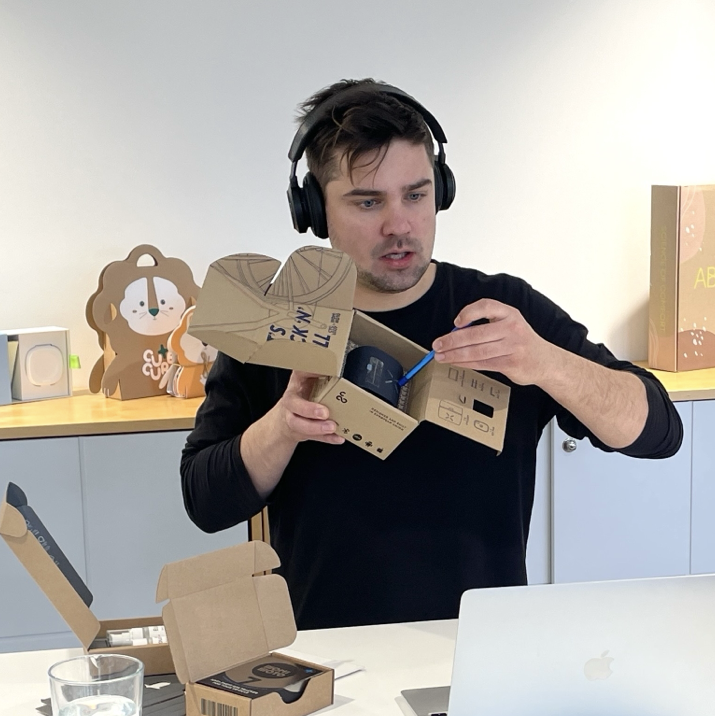How are sustainability efforts changing packaging materials?
If there’s one word you’ve probably been hearing a lot, it’s sustainability. And it’s going to stay that way for some time. We’re all well aware of the need to reduce the use of plastics and other environmentally damaging materials, and this is impacting the packaging industry as well. Some companies are taking a lead by looking at ways to change their packaging designs or materials to be more sustainable. Furniture retail giant IKEA is looking to replace polystyrene with mycelium or ‘fungi’ packaging in an effort to reduce waste. Created by a company called Ecovative, mushroom packaging is created by letting fungus fibres, mycelium, grow around agricultural waste binding it together into a solid shape. The material is then dried to prevent any further growth.
It is already in use by companies like Dell in place of polystyrene and now IKEA is looking to follow suit. Unlike polystyrene, mushroom packaging is fully biodegradable and will break down in a number of weeks. Another company looking at new materials for packaging is leading coffee chain Starbucks. It has launched the NextGen Cup Challenge which asks entrepreneurs to come up with ideas for a cup that is fully recyclable and compostable. The company is putting $10 billion and resources into the scheme to help ideas to be fast-tracked. The hope is that the new designs will save cups from going to landfill, or even allow them to be used for a secondary purpose. Where the real benefit may lie though is in Starbucks’ aim to make the designs open source and free to anyone in a bid to see them used beyond its own stores. When it comes to sustainability, this type of open collaboration is necessary in order for it to have significant impact. Also taking on the sustainable materials challenge is fast food chain McDonald’s. At present only 10% of its 37,000 restaurants recycle and just half of packaging is made from sustainable materials. The company has now pledged that all of its packaging will come from renewable, recycled or certified materials by 2025. For companies like Starbucks and McDonald’s one of the big challenges is recycling products that have had food in or on them. As such, developments in packaging materials that make it possible to recycle products used in this way are going to be a major focus. British supermarket chain Iceland has made a pledge of its own to get rid of all plastic on its own-brand products within five years. This has prompted the retailer to look at alternative packaging material and design options.
Alternative packaging has to have the same properties as the plastic it is replacing, including the means to be used at different temperatures. Iceland says it is planning to use paper and pulp trays and paper bags to replace current plastics. Packaging would also be recyclable. As with all of these examples changes in the materials used for packaging will impact design in a number of ways. One consideration is how logos and product information will be added to the packaging. Will it be able to be printed on? Will it hold up to adverse conditions, such as getting wet? Will it accommodate the brand’s colour schemes? Will it be less flexible in terms of shapes and other options? There’s a lot to think about, but one thing is for sure sustainability is coming for packaging. And packaging needs to be ready.
By Cate Trotter, Head of Trends, Insider Trends, London.


